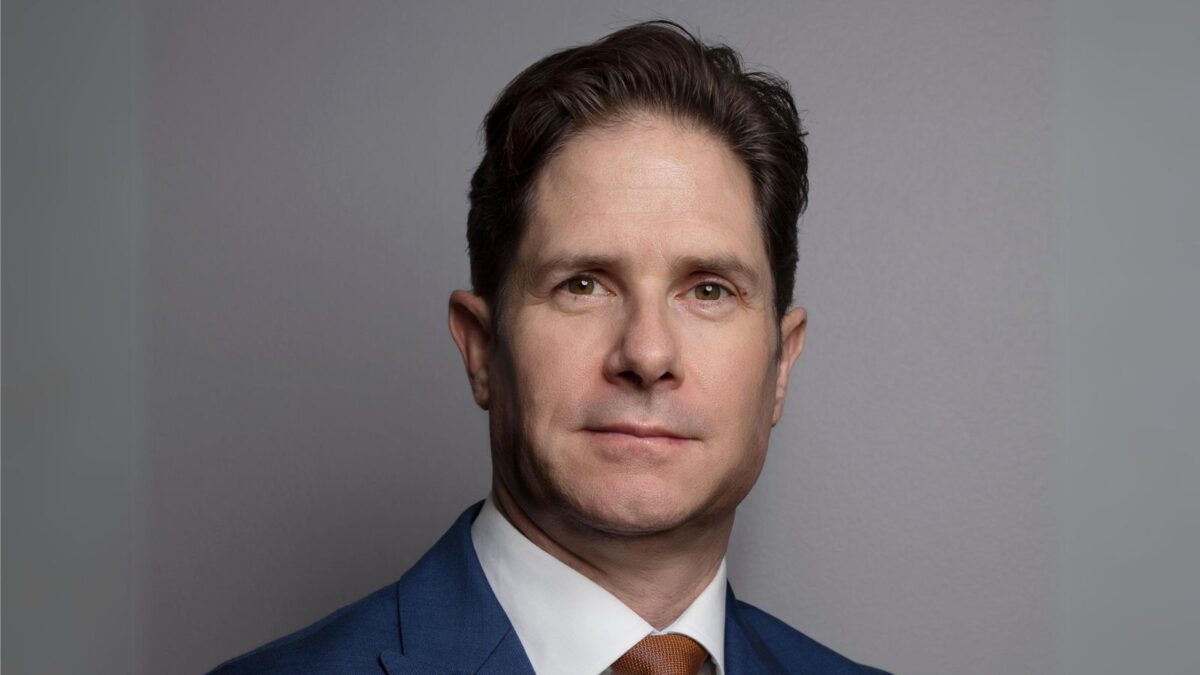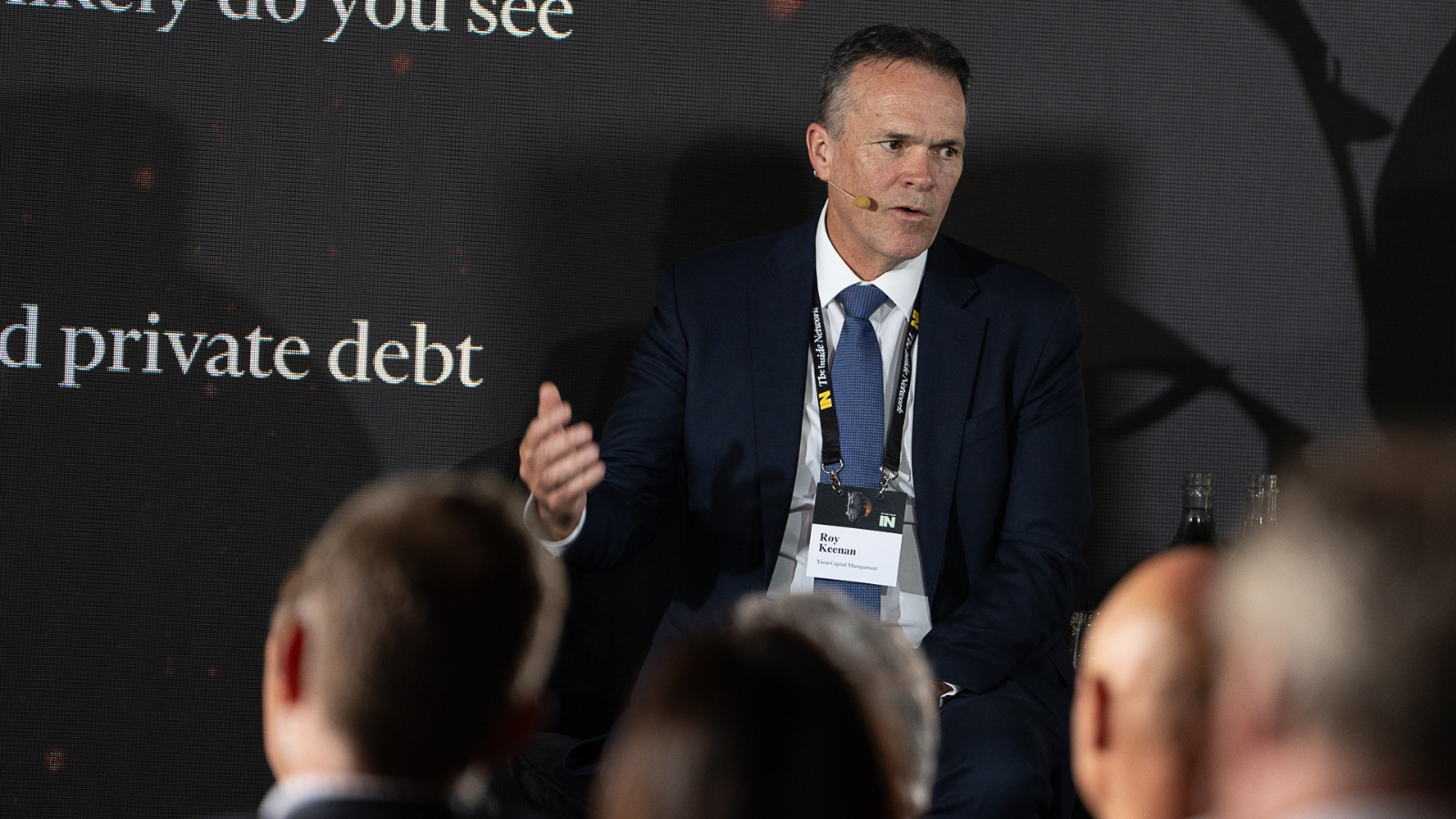Will your fixed income portfolio float?
Invesco Australia recently hosted the “if rates rise, will your portfolio float” webinar, aimed at advisers and investors that are looking to position their portfolios for a rising yield environment.
The webinar was led byAshley O’Connor, head of investment strategy, together with Jack Cunningham and Kevin Egan, senior portfolio managers of the senior secured loans team, the increasingly popular strategy that invests in floating-rate loans to deliver a high level of stable monthly income, and a protection mechanism that works against rising interest rates, together with the added bonus of diversification.
O’Connor even says, “Whether you fund an allocation from traditional bonds, hybrids or equities; senior secured loans are highly complementary with proven portfolio diversification benefits.”
But the real concern for investors now is low yields and high duration in their traditional bond portfolios. Cunningham delved deeper into the senior secured loans asset class by first giving an overview of the sector.
Senior secured loans are privately arranged debt obligations and sit on the top of the capital asset structure. Hence, they are the first to be repaid in the event of a default. In the past 30 years, the recovery rate has been 72.6 per cent compared to senior unsecured bonds at 46.9 per cent. Issuers are typically large-capitalisation, well-known companies.
Cunningham goes on to mention five key themes that may assist in incorporating senior loans into your investors’ portfolios.
The first is the yield profile. Below-investment-grade notes carry an attractive yield profile. The second is the floating-rate profile, which is usually a duration of zero years. Third, there is no interest rate risk, which gives this asset class compelling relative value. Four is the diversification potential that comes from adding low correlation with traditional assets. Finally, the high-priority payment in the case of default gives the asset class an extra leg-up.
Egan then touches on the significant growth in issuance in the US, saying, “the asset is so strong with very strong demand here in the US. There is about US$100bn ($135 billion) in new collateralised loan obligation (CLO) issuance, close to a record pace currently. Retail investors are active as well, with US$30 bn ($40.5 billion) of inflows this year. Based on this, you would expect to see spreads on loans compress, and loans underperform high-yield bonds.”
Typically, high-yield bonds should be outperforming US senior secured loans because they’re lower in the capital structure and a higher yield should filter through. But right now, loans are outperforming by about 40 basis points (bps), and the reason for that is the strong supply and demand which are relatively well balanced.
In the high-yield bond market, there isn’t anywhere enough supply to meet demand, hence the compression. Egan says, “There’s very little room for outperformance in the high-yield bond market. But senior secured loans, that balance makes them attractive. We expect to see very much the same yields next quarter.”
During a period of rising rates, the asset class is unaffected due to the floating-rate feature. As rates rise, loans are typically pegged to three-month or six-month Libor. Generally speaking, rates are set to 45 days. So, there is no duration to this asset class. Rising rates harms almost every other income asset class except loans. And that’s where they outperform.
“This is the ideal environment for loans, the rising rate environment and low default rate. The number one risk to loans is defaults,” says Egan.
If inflation starts to rise, the loan asset class will perform quite well. Given these factors, the best place for investors to find durable income with lower duration and lower volatility in fixed income is in senior floating-rate loans, which offer an appealing solution: attractive yield with very low duration, providing a costâ€effective, inflationâ€hedged fixed income solution, which suits the current environment.
To sum up, the attractions are; a senior secured position in the capital structure with favourable return of capital to investors, durable income generation and lower volatility than other higher-yielding fixed income; supportive supply/demand factors; improving issuer fundamentals; and loans also tend to be less volatile than bonds.











